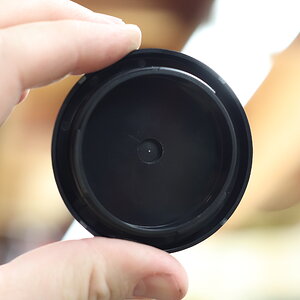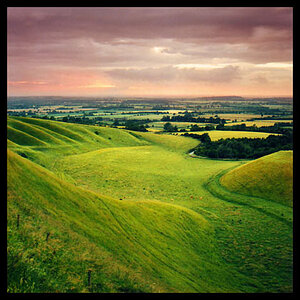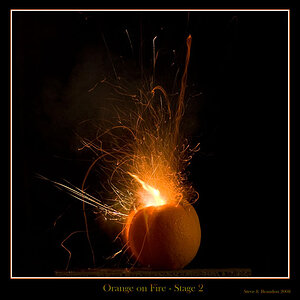felixdd
TPF Noob!
- Joined
- Nov 17, 2013
- Messages
- 5
- Reaction score
- 0
- Can others edit my Photos
- Photos OK to edit
OK, so I found an old Sigma 75-200mm Pentax K mount for $15 at my local thrift store. At the same thrift store, I found a SMC Pentax 50mm f1.7 attached to a sigma 2x telemacro adapter...the whole thing selling for $10. I don't shoot Pentax, but my brother-in-law does, and he's looking for some legacy glass so I thought I'd pick it up for him.
So all things aside, the telemacro adapter is pretty cool in that you can remove the elements from the adapter and it'll become an extension tube.
Now I know extension tubes are purely for reducing the distance between yourself and the subject and boost magnification. At 75mm, I can achieve focus at ~10cm vs. 2m without the tube. I get great magnification as well.
As I go towards the tele-end of the lens, what I find is that I don't get any further image magnification; the image gets fuzzy instead. I find that I need to step back, such that, at 250mm, I need to be almost 2-3m away; subjectively, I get less magnification.
Am I right in thinking it as the following: as I get more tele, my field-of-view, measured in degrees, gets more and more acute (which is how a telephoto lens works), but my minimum focal distance gets pushed back such that my subject occupies the same dimensions within the frame. Therefore, I'm not getting any magnification?
If the above is right, then question 2 = how do I get more magnification? Do I use a tele-converter instead?
(Pics to follow)
So all things aside, the telemacro adapter is pretty cool in that you can remove the elements from the adapter and it'll become an extension tube.
Now I know extension tubes are purely for reducing the distance between yourself and the subject and boost magnification. At 75mm, I can achieve focus at ~10cm vs. 2m without the tube. I get great magnification as well.
As I go towards the tele-end of the lens, what I find is that I don't get any further image magnification; the image gets fuzzy instead. I find that I need to step back, such that, at 250mm, I need to be almost 2-3m away; subjectively, I get less magnification.
Am I right in thinking it as the following: as I get more tele, my field-of-view, measured in degrees, gets more and more acute (which is how a telephoto lens works), but my minimum focal distance gets pushed back such that my subject occupies the same dimensions within the frame. Therefore, I'm not getting any magnification?
If the above is right, then question 2 = how do I get more magnification? Do I use a tele-converter instead?
(Pics to follow)
Last edited:




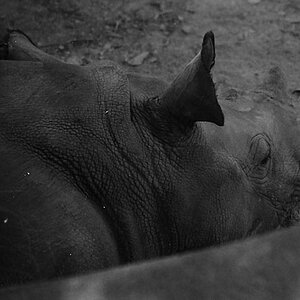
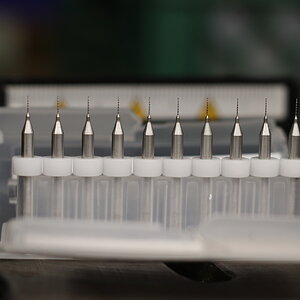
![[No title]](/data/xfmg/thumbnail/42/42397-30faa170de7ed9be38adf00b9b26a220.jpg?1619740167)
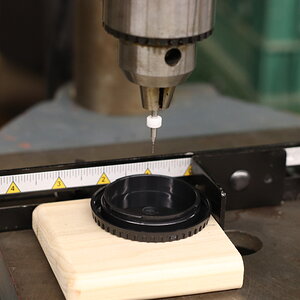


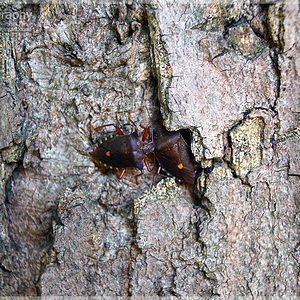

![[No title]](/data/xfmg/thumbnail/31/31751-fb2f68cca32f9eec468dbde7d649840f.jpg?1619734990)
